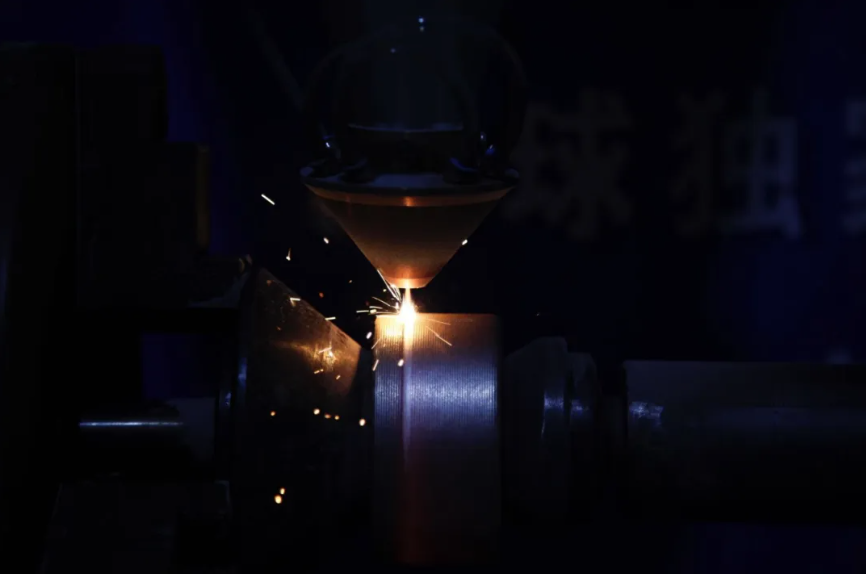CO2 laser processing material selection guide and precautions
Various industries widely praise Lasers as "universal processing tools", but there are still many things to pay attention to in the selection of laser processing materials, so more care should be taken in material selection.
Wood is the most commonly used and easiest material to process. CO2 laser processing can accurately cut, engrave, and punch wood, producing clear and smooth edges.
When cutting wood, the power and speed of the machine need to be adjusted according to the thickness of the wood, otherwise it will not be cut through. For details, please refer to the parameters of the laser cutting machine, or contact Ruida Technology's technical service.
In addition, wood can also be engraved. Customized pencil names that have been very popular on the Internet in the past two years use laser engraving technology. CO2 laser processing has no requirements for the choice of wood, and any wood can be used.
Paper materials are readily available in our daily lives, and commonly used ones are cardboard and corrugated cardboard. As long as the corresponding power and speed are adjusted, CO2 cutting and engraving can be achieved. However, paper materials are easy to be broken, flammable, and have different thicknesses and densities, so the processing parameters must be very cautious, with low power and high speed to avoid safety accidents as much as possible.
Cardboard has a wide range of applications, such as greeting cards, handmade materials, envelopes, stickers, calendars, paper sculptures, etc.
Commonly used plastic materials can be divided into two categories: thermosetting plastics and thermoplastics. These two types of plastics will react differently under the action of laser energy.
Commonly used plastic materials for CO2 laser engraving and cutting include polyamide (PA), polycarbonate (PC), polyethylene (PE), polypropylene (PP), polyoxymethylene (POM), silicone, etc.
It is worth noting that the gases produced by plastic engraving and cutting are more or less toxic. Therefore, before laser processing of plastics, it is necessary to ensure smooth ventilation and equip personal protective equipment and exhaust gas treatment equipment.
For leather, traditional manual and electric shear processing has defects such as slow processing speed, low efficiency, single style, and material waste, while laser processing can solve these problems well.
Generally speaking, natural leather is mostly suitable for CO2 laser engraving and cutting. However, special attention should be paid when processing artificial leather. Most artificial leather contains PVC, and processing will produce toxic gases, which will cause serious damage to the human body and the machine.
Most textiles are suitable for laser cutting, and some textiles, such as felt and woolen clothes, are suitable for laser engraving. Common textiles for laser processing include cotton, linen, nylon, silk, wool products, etc.
The power of textile laser engraving and cutting should be low and the speed should be fast. The biggest advantage of laser processing of textiles is non-contact cutting and engraving. Most textiles are thin and soft, and they are easy to produce wrinkles and edge wear during processing. However, non-contact processing of lasers perfectly solves these problems.
Laser cutting of textiles can form neat cutting edges and achieve edge sealing at the same time. These advantages make laser engraving and cutting technology very popular in the textile processing industry.
When selecting materials for CO2 laser processing, the safety of the materials should be considered first. Laser processes objects by burning, melting, vaporizing, etc. Under the action of high-energy lasers, the physical and chemical properties of materials are easily changed. Some materials may melt, some materials are flammable, and some materials may produce toxic smoke or gas, which will cause great harm to the human body, machines, and the environment.
Therefore, before selecting laser materials, you should first consider the possible reactions of the materials under the action of lasers (high-temperature heating) to avoid using materials that will produce toxic and harmful substances.





Comments
Post a Comment